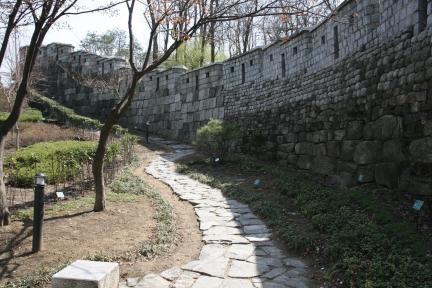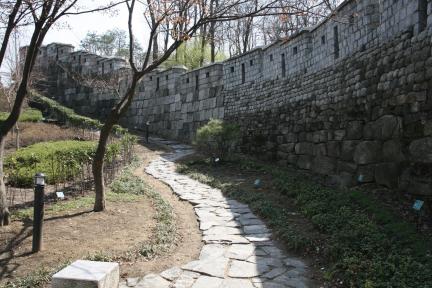국가유산 종목별 검색
사적
서울 한양도성 (서울 漢陽都城)Hanyangdoseong, the Seoul City Wall
| 분 류 | 유적건조물 / 정치국방 / 성 / 성곽 |
|---|---|
| 수량/면적 | 639,920.58㎡ |
| 지정(등록)일 | 1963.01.21 |
| 소 재 지 | 서울 종로구 누상동 산1-29번지 외 |
| 시 대 | 태조 3년(1395) |
| 소유자(소유단체) | 서울특별시 등 |
| 관리자(관리단체) | 서울특별시 |


사적
서울 한양도성 (서울 漢陽都城)Hanyangdoseong, the Seoul City Wall
| 분 류 | 유적건조물 / 정치국방 / 성 / 성곽 |
|---|---|
| 수량/면적 | 639,920.58㎡ |
| 지정(등록)일 | 1963.01.21 |
| 소 재 지 | 서울 종로구 누상동 산1-29번지 외 |
| 시 대 | 태조 3년(1395) |
| 소유자(소유단체) | 서울특별시 등 |
| 관리자(관리단체) | 서울특별시 |

ⓒ 2000. CULTURAL HERITAGE ADMINISTRATION. ALL RIGHTS RESERVED.



 국가유산
국가유산


